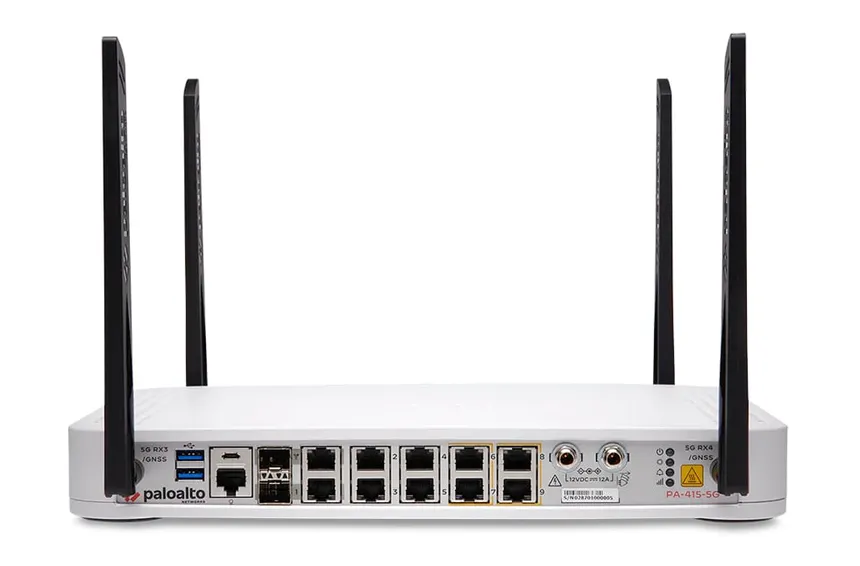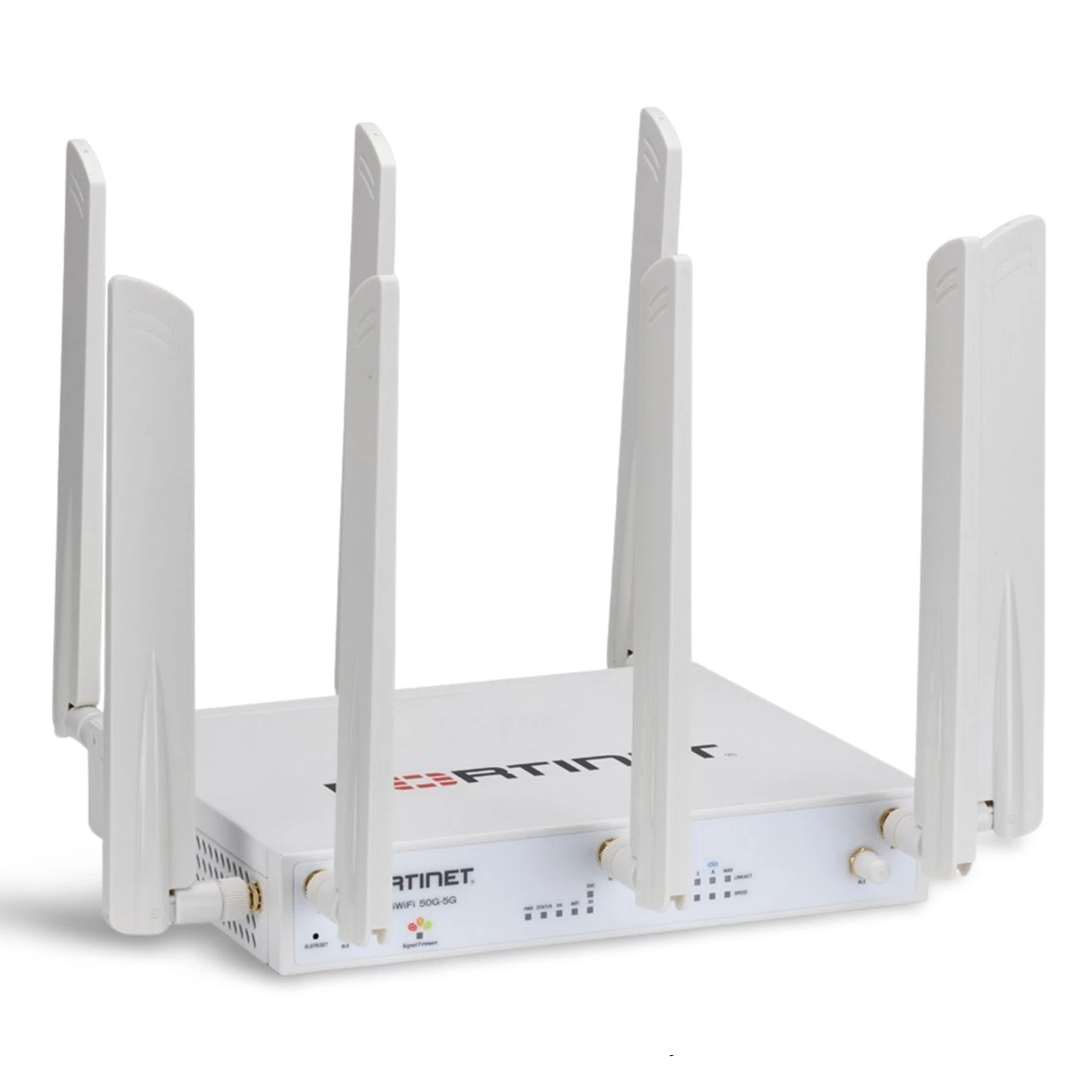As we spoke about in our last article; we discussed home WiFi and how we can improve it and the security of our networks.
Today, we are going to go over a couple different equipment bundles which will improve the stability, and security of your home. As a network engineer of two decades, these are the bundles I would put in my home. These will will work no matter where you are in the world.
First, let’s go over what we are looking for. We are looking for a security device, which will keep up to date with attack updates. We are also looking for resiliency. If our main connection goes down, then we want to have a backup. We also want signal coverage. This way we can have Facetime or video chats from anywhere on the property. You should be able to enjoy surfing the web or live streaming from your pool, right?
Requirements:
- Backup internet connection
- Security (Anti-Virus, Prevention, Detection)
- Will DIRECTLY accept all internet connections.
Option 1:

For this option we went with a Palo Alto PA-415-5G or PA-455-5G firewall. Palo Alto is number one when it comes to devices that secure your network. This unit comes with a 5G/ LTE/ 3G radio antennas which will come in handy for when your wired internet goes down. This will also allow you to create rules to block certain countries, perform Anti Virus scanning, intrusion detection, and intrusion prevention.
So, if you have home servers, storage backup, or just want a rock solid and secure network, then this is your front boarder line to the internet. This unit will power up 4-6 wireless access points and supports high availability, which will allow you to run two of these side-by-side in the event one of them loses power. Unlikely if you are using power battery backup, but it is possible. The top speed on this unit is 0.8 Gigabits (PA-415-5G unit) and 1.8 Gigabits on the PA-455-5G unit. This is while using threat prevention.
We chose this unit because of it’s security, but also it allows you to connect your home fibre, DSL, cable internet directly to the unit. With PPPoE support, this means you can use your internet’s provided box as a pass-through. Thus, allowing your firewall to do all of the thinking (much smarter). This should cover most homes besides the wired connections. For your 10 Gigabit wired connections we’ll use a typical network switch like a Cisco or HP plugged into the Palo Alto.
If you have multiple properties, then you can use the wireless tunnel option (SD WAN) to connect your network to each other.
Option 2:

In option 2 we are looking at Fortinet’s Fortigate FWF-50G-5G firewall. Fortinet is number two for firewall solutions. This unit will do 3G/4G/LTE/5G. We chose this unit because it does check all of the requirements. Fortigate is a well known company, and also provides solid network gear. The top speed on this unit is 1.1 Gigabits on the FG-50G-5G units. This is while using threat prevention.
Fortigate will do the same security scanning as the Palo Alto, and it can also offer a wireless resiliency option for your primary internet connection. If your choose the dash II model, then you can also provide wireless to your home, thought I would only use it for a limited area as it will not reach through out your entire home.
In option 2 we are looking at Fortinet’s Fortigate FWF-50G-5G firewall. Fortinet is number two for firewall solutions. This unit will do 3G/4G/LTE/5G. We chose this unit because it does check all of the requirements. Fortigate is a well known company, and also provides solid network gear. The top speed on this unit is 1.1 Gigabits. This is while using threat prevention.
Fortigate will do the similar security scanning as option 1, and it can also offer a wireless resiliency option for your primary internet connection in the event it goes down. This unit does offer a DSL version if you are in an area like Germany where DSL is still common. Though this is not critical as it also doess PPPoE where it negotiates the authentication with your internet company. This will also support the high availability we spoke about previously and SD-WAN which will allow you to connect multiple locations together seamlessly.
It will not power up your access points, but that’s no big issue since you will be using a network switch for this and your 10 Gigabit cabled connections. A typical home will have around one wireless access point every 50 square meters. Depending on the type of building materials used.
